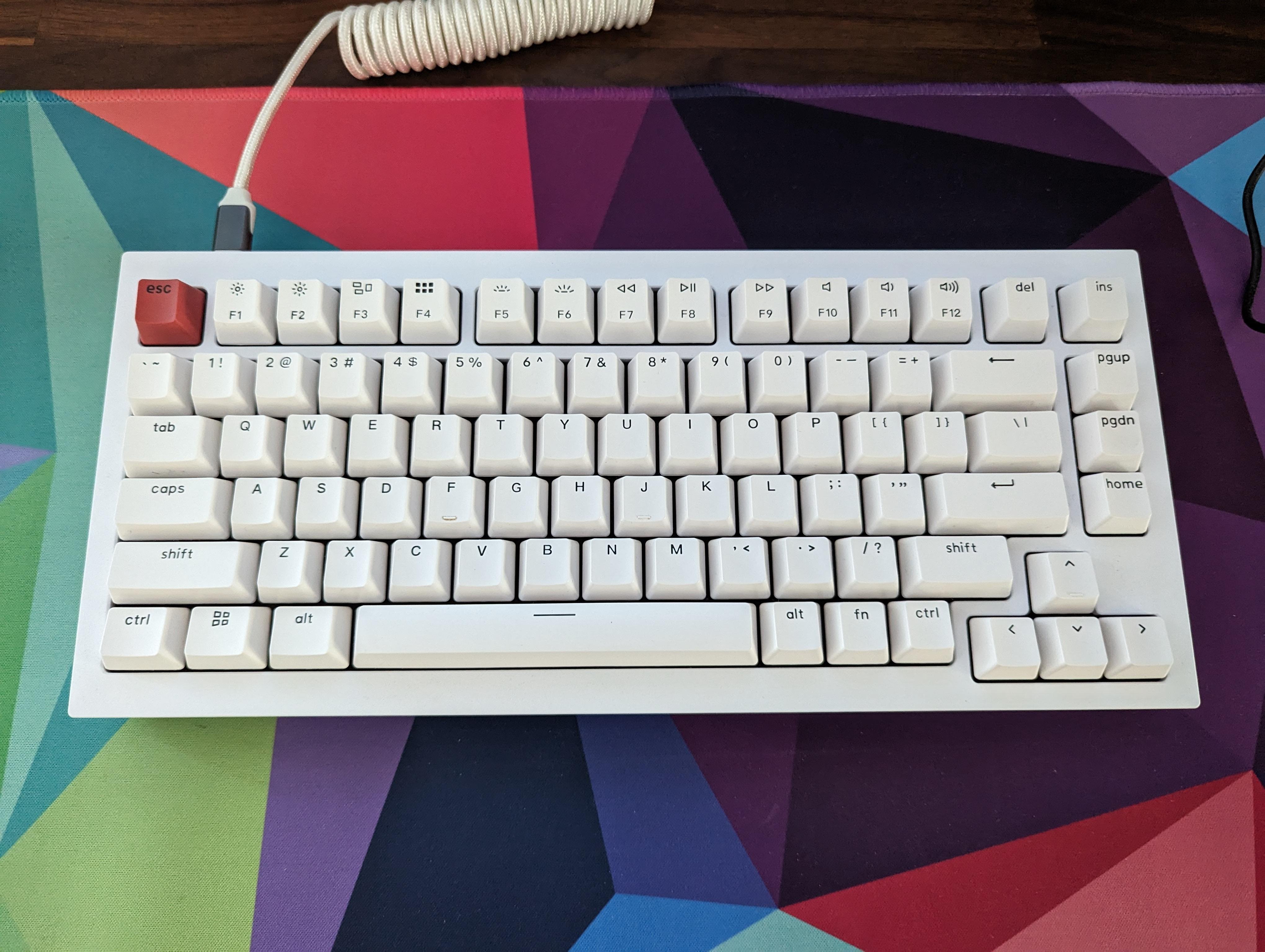this post was submitted on 15 Jul 2023
69 points (97.3% liked)
Mechanical Keyboards
8997 readers
15 users here now
Are you addicted to the clicking sounds of your beautiful and impressive mechanical keyboard?
If so, this community is for you!
Here you can discuss everything about mechanical keyboards (and only mechanical keyboards).
Banner by Jay Zhang on Unsplash
founded 4 years ago
you are viewing a single comment's thread
view the rest of the comments
view the rest of the comments

I switched from ISO to ANSI a few month ago. I touch type and I need German umlauts. Just as a background. This required me to find a layout that supports umlauts. I went with EurKEY. Overall, switching was easy. I do need a larger AltGr for umlauts but overall, switching was no big deal. I do like the shape of the return key on ANSI and that there are fewer keys right to my right pinky (on the home row). Typing umlauts is slightly less convenient, especially when capitalized, but not by much. Switching between ISO and ANSI and at the same time German layout and EurKEY is easy for me. Side note: I switched for the same reason (keycaps) and for writing code.
Nice to know. I'm also an ISO-DE user. I assume you use standard US ANSI keycaps and then in either the OS or Firmware you make the EurKEY binds for the modifiers ?
So far I have been having US international in Windows Setup. Seems to work okay ish so far but I don't type German that offen. Mostly coding and English.
Different shape return needs getting used to and constantly mistake where the "?" Key and braces are.
I will look into EurKEY thanks for the reply already.
I use Linux where EurKEY is available w/o extra install. On Windows, EurKEY can be installed as a layout. I use US ANSI keycaps. The good thing about EurKEY is that 'ä' is on AltGr-a, 'ö' on AltGr-o. Much easier to remember than US International, at least for German.
Oh yeah that sounds better for the umlauts. I will give it a try